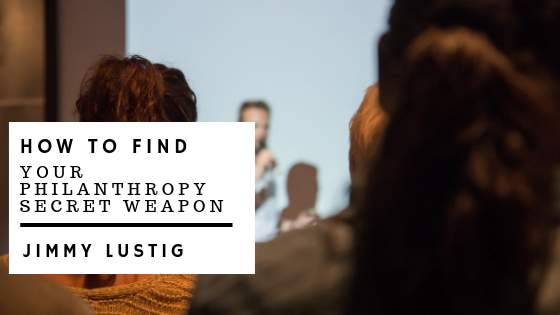Incorporating philanthropy into your business plan is one of the most effective ways to make a difference. It allows you to put more money and muscle behind your efforts. However, it can also cause some companies, especially smaller ones, to struggle financially. Most companies don’t have the resources of Google, which gives 1 percent of the company’s total equity and profits to charity, but every company can make an impact. While it’s not recommended to bankrupt yourself to incorporate a corporate social responsibility initiative, there are ways to make philanthropy work for your budget. Here are three ways to make philanthropy more cost-effective for your organization.
Don’t reinvent the wheel
Throwing money at different causes isn’t the most effective approach to philanthropy. The best way is to incorporate social responsibility into your business model organically. Look at what your organization already does well and determine how philanthropy fits in with those strengths. It isn’t a requirement that you think outside of the box to have a social impact. Often, what you already do well is what you can do for others. For example, TOMS philanthropy is tied directly to their business offering. For every pair of shoes purchased, a pair is given to a child in need.
Join forces for a broader reach
When working alone in philanthropy, your impact is limited to your own expertise and resources. If you want to have a more significant impact, it’s necessary to partner with other organizations. Look for relationships that are mutually beneficial and will result in long-term results. Collaboration helps to expand the mission of your organization and lessen the financial and operational load for smaller businesses.
Get your hands dirty
You may be tempted to outsource your community involvement work, but a hands-off approach means that your employees have little opportunity to be involved with the project. Hands-on involvement with philanthropy will help your employees to feel connected to your mission. This doesn’t mean you need to send your employees across the world to see the impact of their work. Work on initiatives either taking place in your local community or even inside of your office. You can start a green initiative to reduce waste and save on energy consumption within the workplace. These types of efforts help your employees to feel a sense of ownership over the corporate philanthropy and allow them to see the direct impact.


